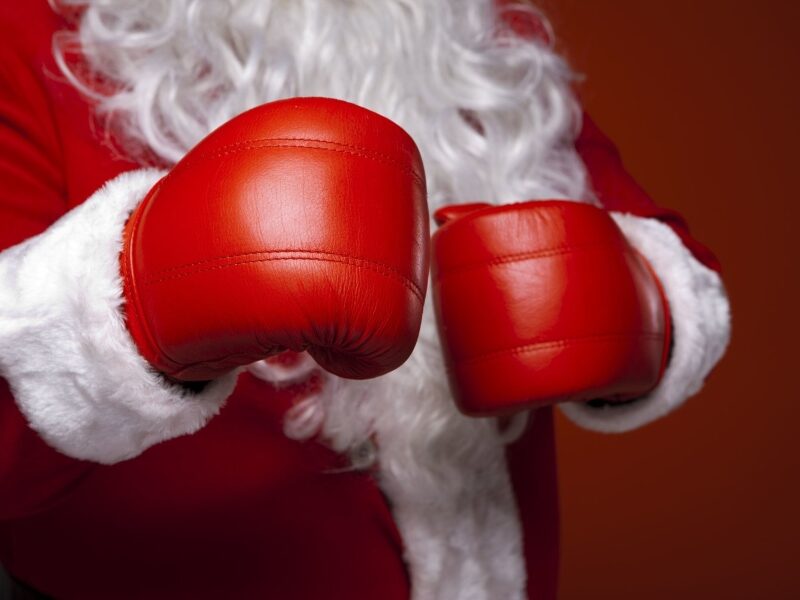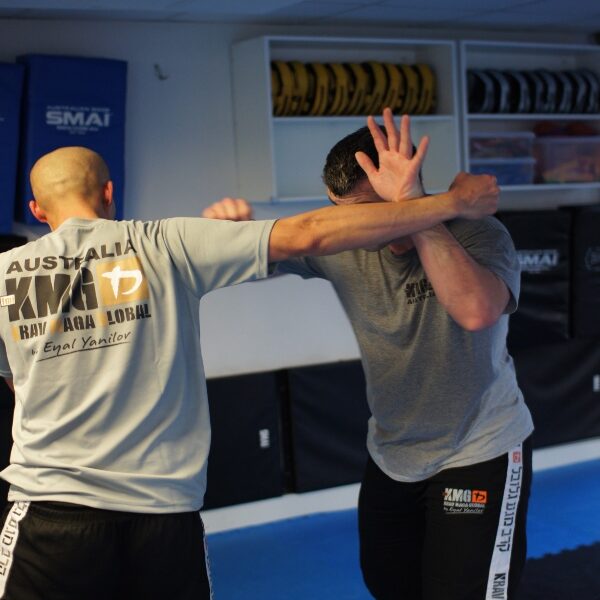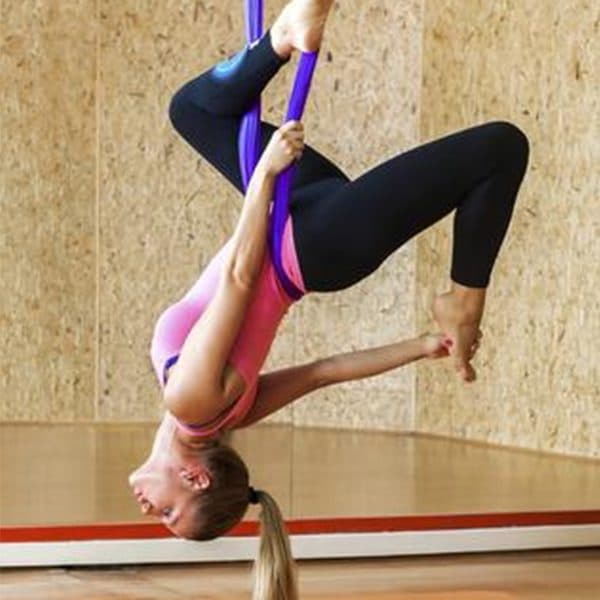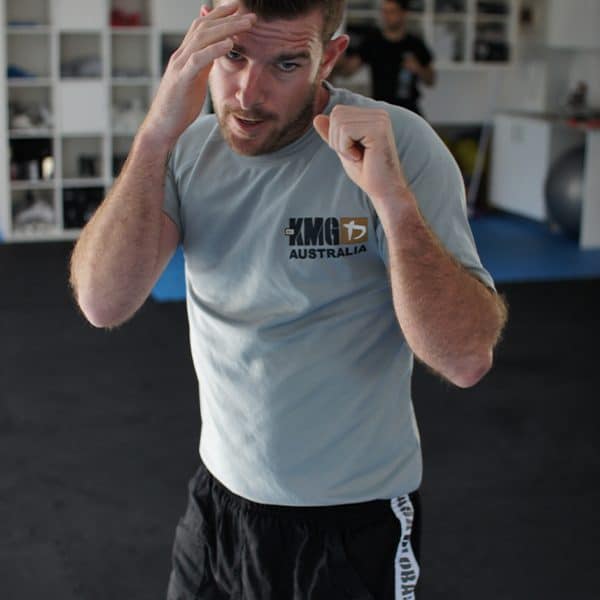
Like most teenagers, I enjoyed the spirited adventures of youth. I frequently attended parties and, like any social youngster, occasionally found myself in situations with other headstrong and spirited peers. However, one particular night stands out distinctly in my memory, an experience that would ultimately lead me into the dynamic realm of Krav Maga.
This evening, I was at a house party in an affluent Sydney suburb with a group of friends. The parents weren’t home, leaving the teenagers in the party to their own devices, creating an atmosphere of chaos and careless abandonment. Naturally this vibe gradually escalated into a succession of confrontations and mishaps. Though I had some martial arts training under my belt, I found myself on edge as the night unfolded.
At that time, I held a red belt in a traditional martial art. I considered myself competent in striking and grappling techniques, believing I could hold my own in a street fight. My friends and I decided to leave the party around 3 a.m., navigating the quiet streets in the dark. Little did we know, a fateful encounter awaited us.
A car pulled up alongside us, occupied by what appeared to be a group of inebriated teenagers. Their demeanour radiated suspicion and malice. Alarm bells rang in my head, and I instinctively knew something was amiss. They initially asked for directions to the party, but it swiftly became apparent that their intentions were far from innocent—they demanded our wallets.
In the traditional martial art I practised, aside from kicking and punching, we also practised fine motor control skills, focusing on joint locks, grappling, and precise strikes. We repeated these techniques at nauseam to ensure perfection. But in this high-pressure situation, where danger hung palpably in the air, I discovered a stark truth about fine motor skills. I was frozen.
Picture a suspenseful scene in a horror movie when the protagonist fumbles to insert a key into a lock as their pursuer inches closer. That was me. Despite my knowledge of grappling and joint locks, I couldn’t execute the precise movements needed to free myself. My attacker held on to my shirt and yanked me around, spinning me in a disorienting circle.
We were able to eventually fend them off and get away without harm. Reflecting on this incident, my friends and I can now chuckle about our youthful misadventure.
Fortunately, it did not escalate into something more serious. But what if it had? What if weapons had entered the equation? That night served as a stark reminder of the limitations of my training at the time.
I had yet to discover Krav Maga, a self-defence system renowned for its focus on gross motor skills—those big, efficient movements that are more accessible in high-pressure situations. Krav Maga prioritises practicality and adaptability over complex techniques. It equips its practitioners with the tools required to defuse or dismantle threatening situations swiftly and decisively.
I learned that in the real world, where chaos and danger can strike unexpectedly, simplicity and efficiency often reign supreme. Krav Maga became my beacon—a martial art that embraced the reality of street fights and empowered me with the practical skills to face them head-on.
In the end, my encounter on that dark Sydney street served as a catalyst for change. It led me to Krav Maga, where I discovered not only the effectiveness of gross motor skills but also a profound sense of empowerment. Today, I am an advocate for this self-defence system, knowing firsthand the invaluable lessons it imparts. In Krav Maga, I found a path that transcends martial arts, offering a holistic approach to personal safety and readiness for life’s unexpected challenges.



